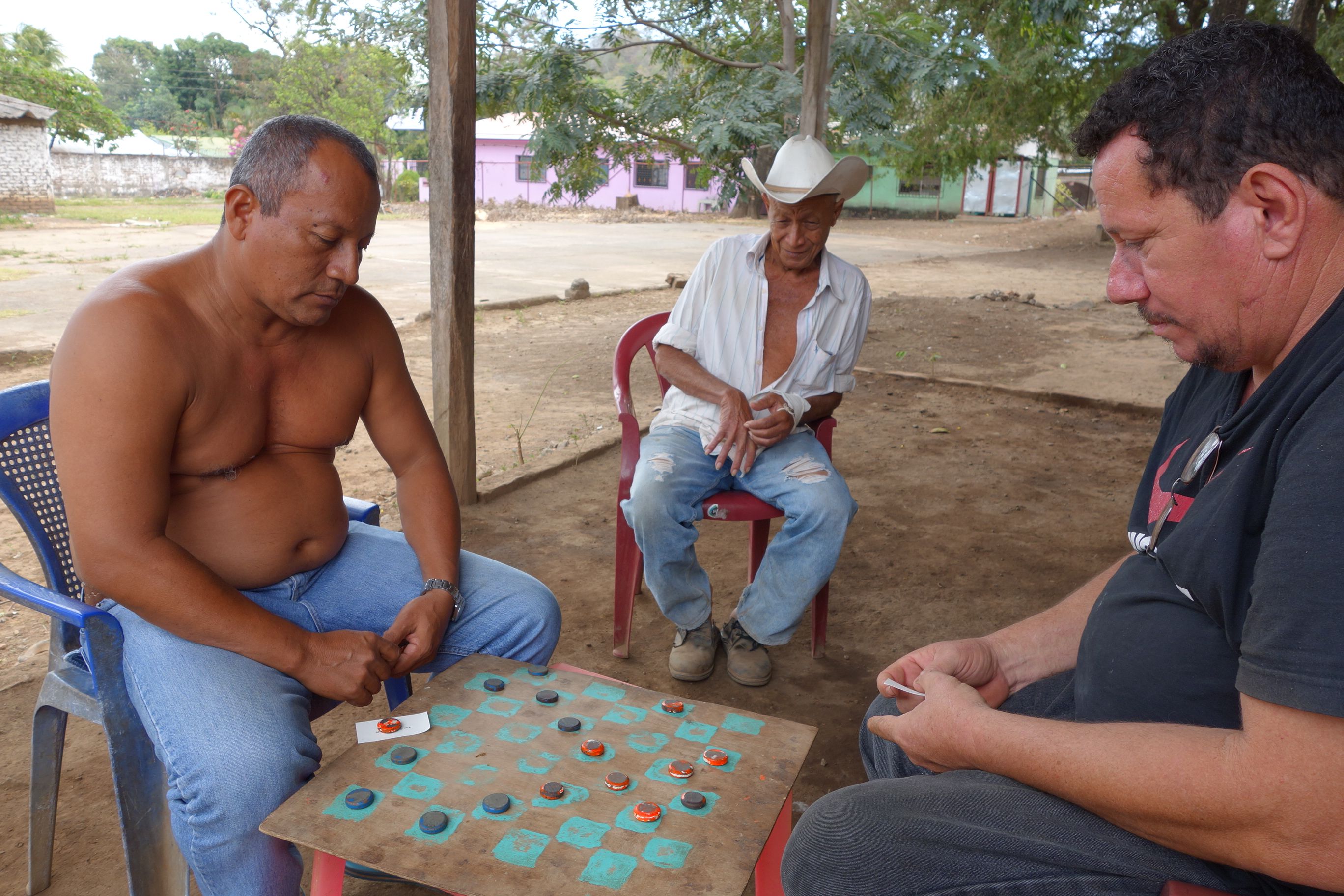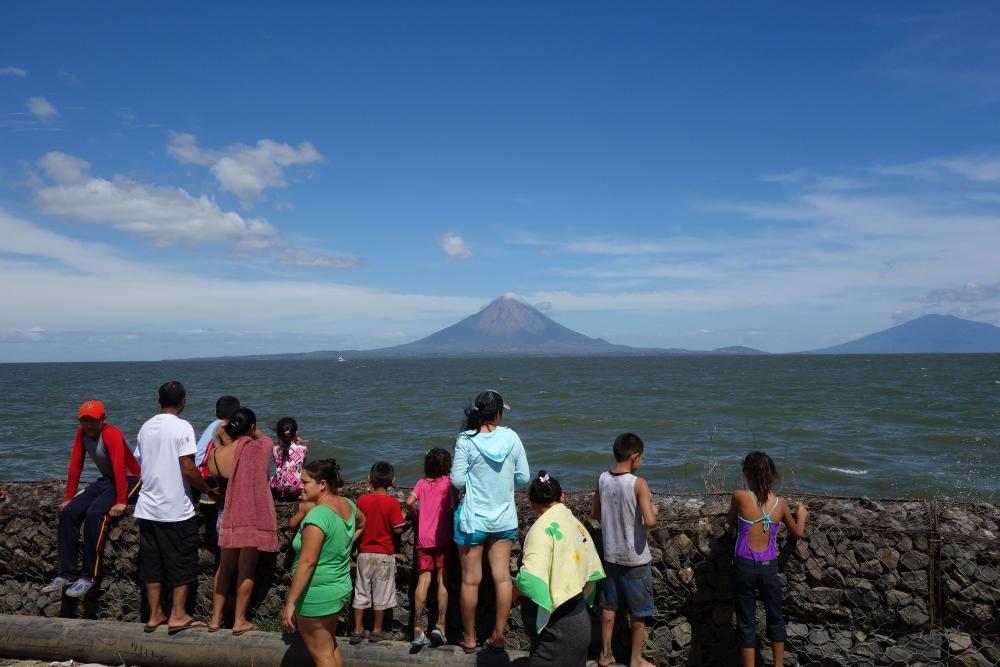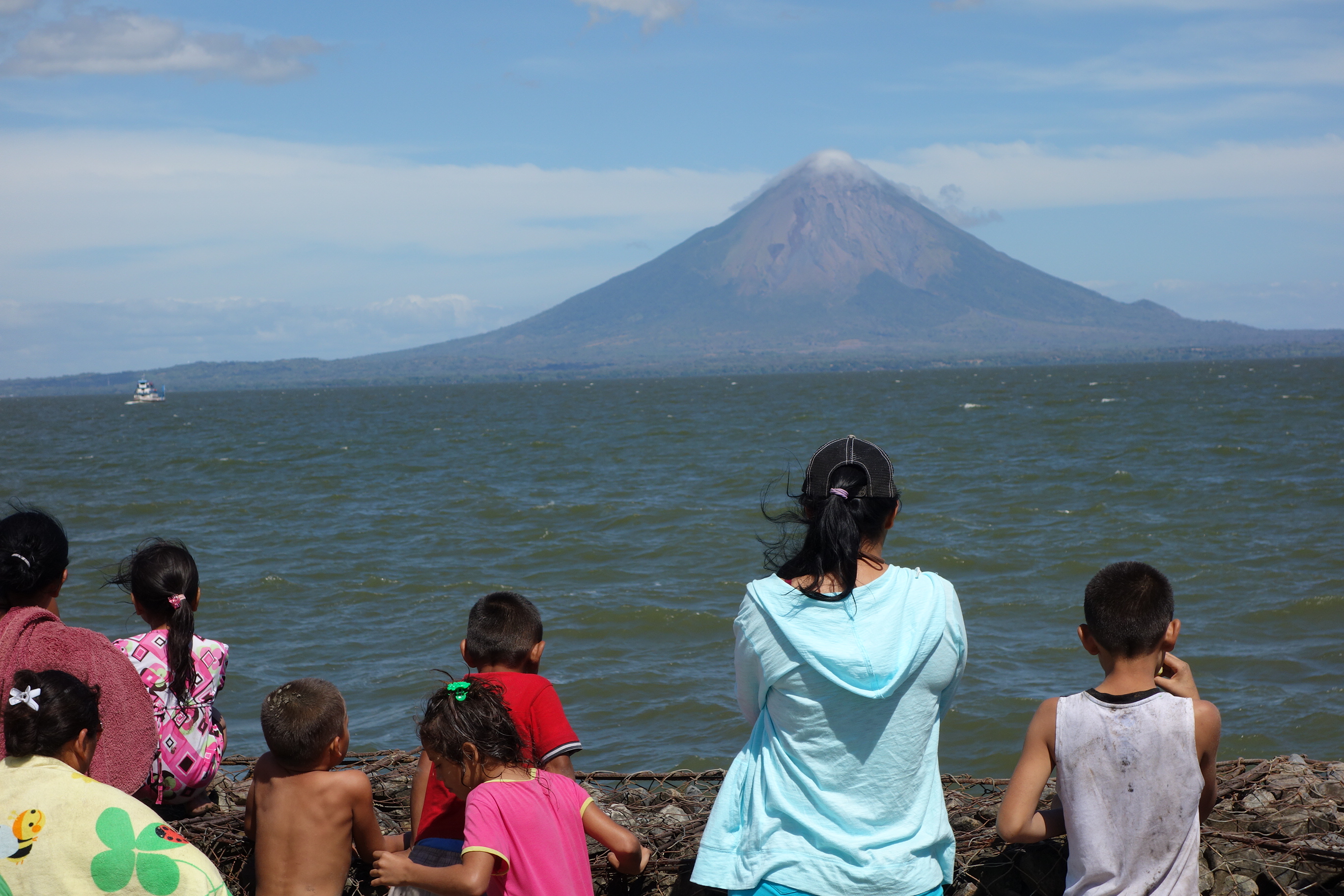
The final, deciding word on whether the $50 billion interoceanic canal proposed by Chinese businessman Wang Jing for Nicaragua ever gets built could rest with an unlikely but critical role-player in international trade: insurance companies.
That's the view of Bob Stallard, a U.S. Geological Survey scientist specializing in hydrology, or water flow, who for 30 years has studied, among other things, the impact of tropical storms, drought and other natural phenomena on Panama Canal operations.
The premiums that shippers will have to pay insurers to underwrite cargoes transiting over the Nicaragua route—and the premiums' competitiveness with other options—could determine whether construction of the new canal is economically feasible, said Stallard, who has acted as an adviser to the Panama Canal Authority.
"Insurance companies are powerful," Stallard said. "They forced the Panama authority to cut away part of a hillside and cut curves out of the canal to improve (ship captains') visibility. They threatened to stop insuring vessels unless the changes were made."
Property casualty companies would assess premiums reflecting the risks not only of cargo loss and damages but also risk of damage the ships could pose to Nicaragua, its neighbors and the environment, Stallard said.
There is little doubt that shippers will face greater risk of damages from natural disasters including seismic, volcanic and hurricane activity in a Nicaragua passage [rather] than transiting the Panama Canal, Stallard says. Those higher risks were a big reason why the U.S. Army Corps of Engineers chose Panama over Nicaragua for the famous canal built a century ago.
Currently, insurance companies are unable to adequately assess Nicaragua's risks because there is little design detail available on what Wang Jing plans to build. The size, sturdiness and how two sets of locks in a Nicaragua canal are to be "arrayed" will be of special interest to insurers, he said.
The locks will be a critical risk factor because Nicaragua, unlike Panama, lies in "Hurricane Alley" and has suffered several Class 4 hurricanes since 1855, most recently the 1998 Hurricane Mitch that killed 3,800 Nicaraguans and did $1 billion in damage.
Among the areas hardest hit by Mitch was Punta Gorda, a Caribbean coastal town just south of where the canal's Atlantic entry point is planned.
"The destruction that the 2005 Class 4 hurricane Katrina wrought on hydraulic structures meant to protect New Orleans from storm damage demonstrated the devastating effects powerful storms can have" on poorly designed infrastructure, Stallard said.
Nicaragua also poses a risk of "catastrophic volcanism" with six active volcanoes including one on Ometepe Island which is located in the middle of Lake Nicaragua through which the canal would pass, Stallard said. "A picture of those volcanoes on a Nicaraguan postage stamp helped convince U.S. Congress to not fund a canal route through Nicaragua."
The country also withstands near-constant seismic activity. Nicaragua's University of Central America was shut down two weeks last year because of recurring tremors. A devastating earthquake in December 1972 leveled the capital Managua, killed 6,000, and left 250,000 people homeless.
Panama on the other hand has experienced comparatively few seismic and volcanic events, Stallard said. While floods and droughts are common, the Panama Canal Authority has "carefully developed plans" dating from the early 1900s on how to deal with them.
A new canal's importance to Nicaragua's economy and more broadly to global trade demands that its promoters make details of its plans available for analysis not just by insurance companies, but all interested parties, Stallard said.
"It concerns me that these details aren't public," Stallard said. "I have a reasonable feel for factors that have to be considered and a nontransparent design never gives me confidence."

Education Resource
Meet the Journalist: Chris Kraul
Earlier this year, construction began in Nicaragua on a $50 billion inter-oceanic canal that is...




